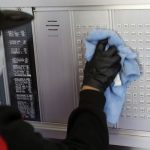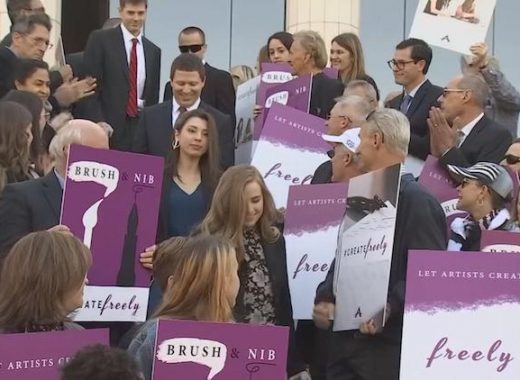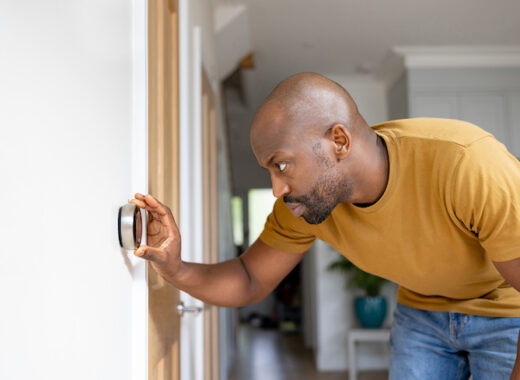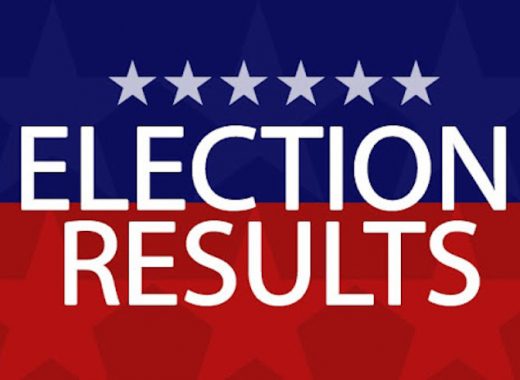Arizona Gov. Doug Ducey said Wednesday that the state will remain in the first phase of reopening and is seeing good progress in recovering from the coronavirus outbreak.
Ducey pointed to a decrease in positive test percentages and increased testing numbers in the days since Arizona moved away from its “stay-at-home” order and into the first phase of reopening.
Arizona’s positive COVID-19 test percentage dropped to 3% on Sunday, according to state data.
“Today we remain safely and squarely in phase one,” Ducey said during a press conference. “We want to say that what you are doing, what the people of Arizona are doing, is working.”
The governor gave no indication of when Arizona would move into the second stage of reopening but said the state “is on a trajectory” to reach that position.
Ducey’s “stay-at-home” order expired Friday at 11:59 p.m. after being in place since March 30.
The order was originally supposed to expire on May 1, but Ducey extended it two weeks because he said data didn’t support Arizona entering phase one of reopening.
Between the extension announcement and the end of the “stay-at-home” order, Ducey reopened barbershops, salons, gyms pools and allowed dine-in service at Arizona restaurants to return on a limited basis.
“We have slowed the spread of COVID-19,” Ducey said. “We have hospital capacity. We are ramping up the testing blitz. We are seeing the symptoms dropping and businesses can continue to open.
“We want to continue practicing social distancing.”
Ducey mentioned formulating a plan for the return of schools in the fall as one of the next steps Arizona will take in reopening.
He is working with education leaders to develop an “aspirational” plan to get Arizona kids safely back in classrooms later this year, he said during a Wednesday news conference.
“We are thinking ahead of what is next,” he said, praising Arizonans’ handling of the state’s phased reopening so far and vowing to maintain a “calm and steady” approach.
“Our goal is: We want to open up summer camps, schools and youth activities,” he said. “It is responsible and prudent to plan ahead.”
Ducey didn’t offer specific reopening guidelines for camps and schools Wednesday, as he’d done for retail shops, restaurants and salons in recent weeks. He stressed that he’d collaborate with “the education community school leaders” to outline those details.
The state Department of Education already convened a task force to prepare for the safe reopening of K-12 schools, which have been closed for in-person classes since March to help curb the spread of COVID-19. Most districts are expected to resume classes in August, unless state officials implement more closures.
Many summer camps already have canceled their programs for this year, however.
Arizona parents and teachers have voiced that it may be impossible to keep kids a safe distance apart once they do return to classrooms, given the state’s student-to-teacher ratio. Arizona has the highest ratio in the country, at 23 students for every teacher, according to the National Center for Education Statistics.
Nationally, education leaders have said schools might try to reduce the spread of COVID-19 by putting 6 feet between desks or alternating the days or times students attend class in person.
“We are going to return the Arizona way,” Ducey said. “It’s going to continue to be gradual and phased in. We are going to balance and prioritize public health and returning stronger.”
Ducey extended the Arizona Testing Blitz an additional two weeks in an effort to continue ramping up testing.
The state had administered 227,099 tests with 14,897 positive cases and 747 deaths as of Wednesday morning.
Ducey said increased testing will allow state officials to focus on the state’s “most vulnerable.”
And, pressed on a possible “second wave” of COVID-19 infections, he indicated he’d rely on metrics outlined by the White House to make any related decisions.
Those include numbers of confirmed cases, reports of people with COVID-like symptoms, hospital bed capacity and positive test results as a percentage of total tests.
To move into the White House’s second reopening phase, the state would need to meet the same criteria without evidence of a COVID-19 “rebound” during a two-week period.
It wasn’t immediately clear when that two-week data period would start, however, or if Ducey would want to see more than two weeks of data before proceeding.
Because it takes time for people to show symptoms and get tested, and for the state to receive and publicly report results, the data the public sees typically shows the situation on the ground as it was days or weeks ago.
“What we’re asking for is responsible behavior, physical distancing,” Ducey said. “We are on a trajectory to head into Phase 2. … That’s not where we are today.”







